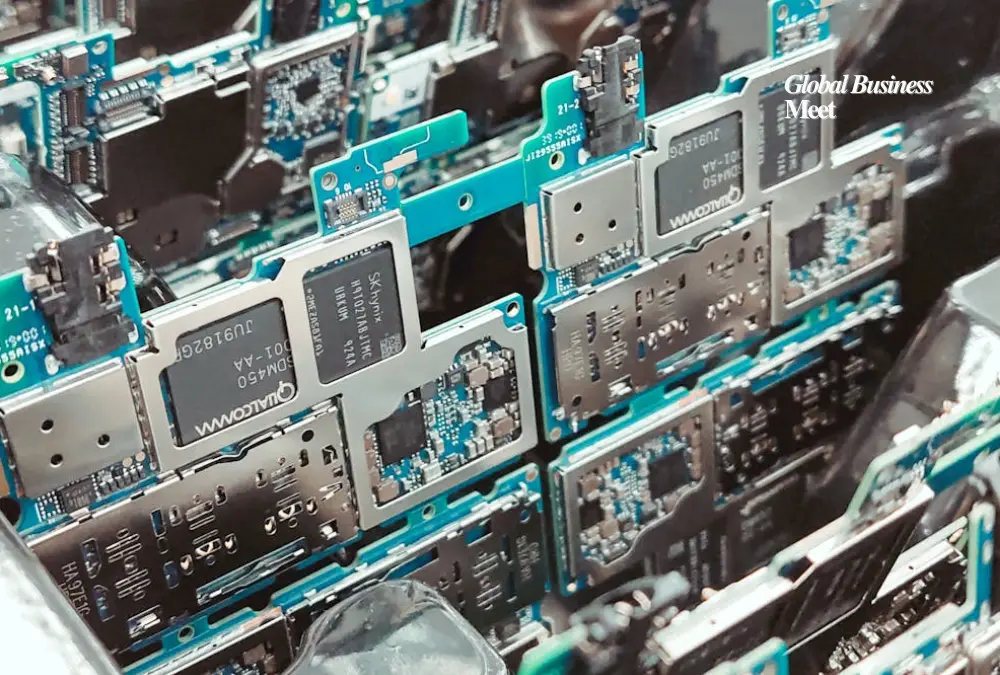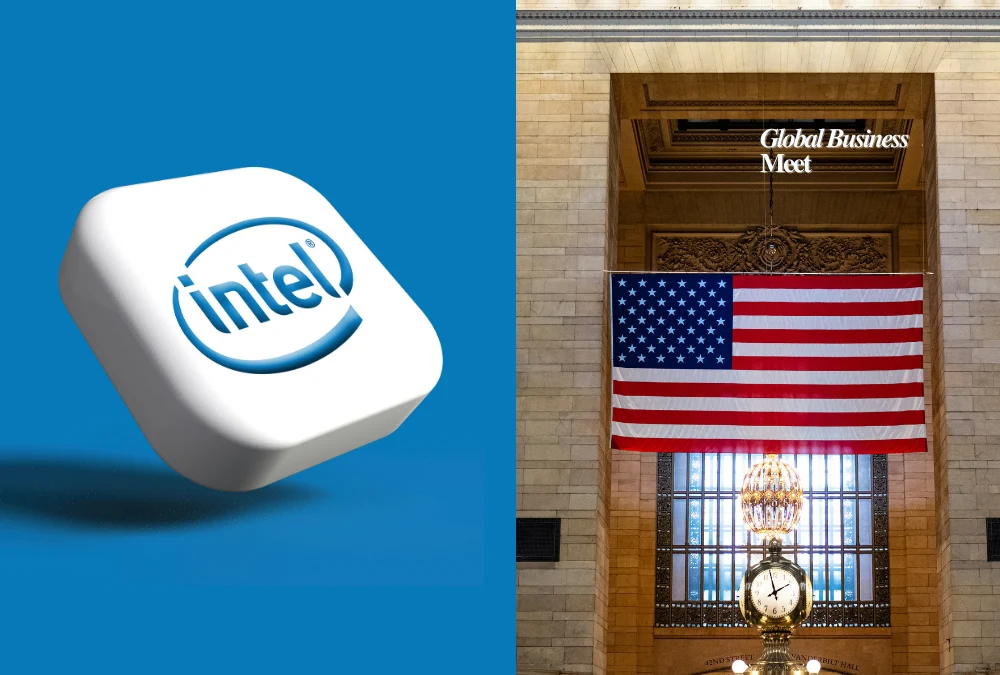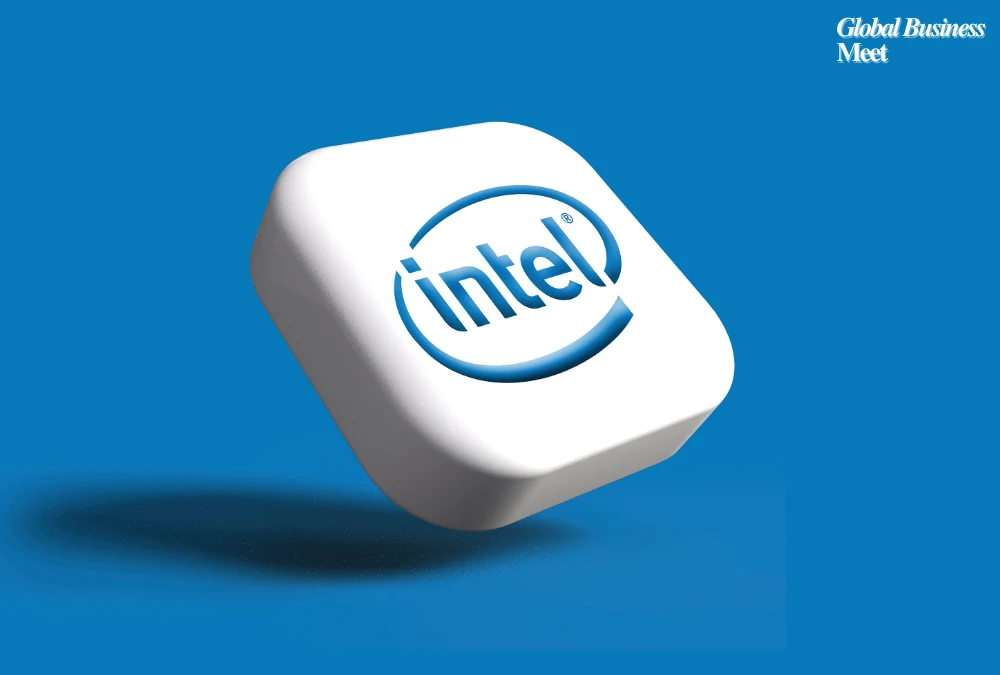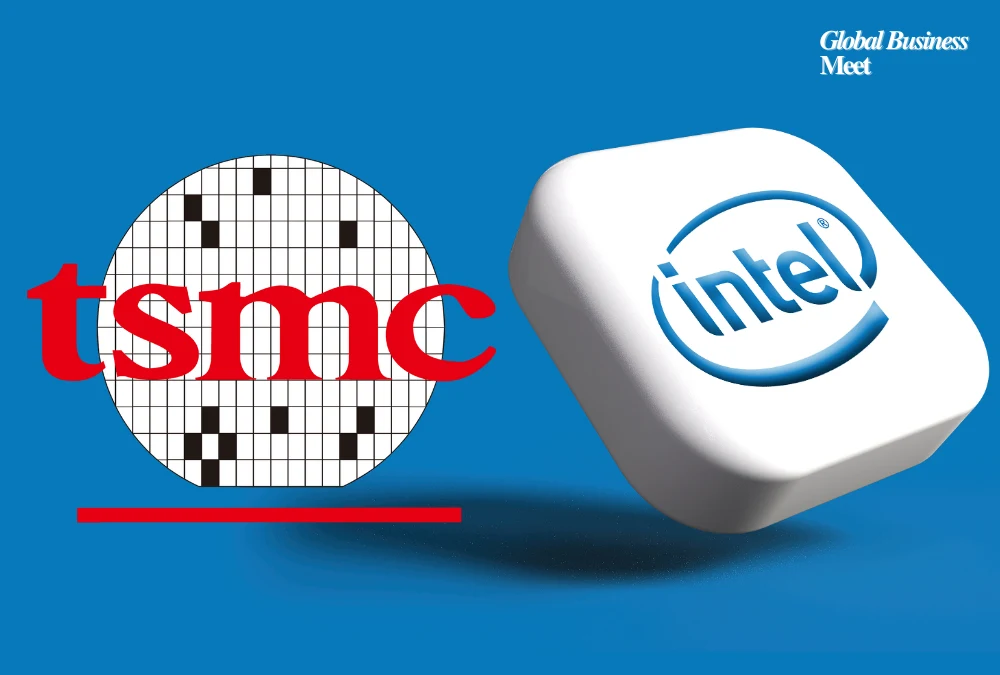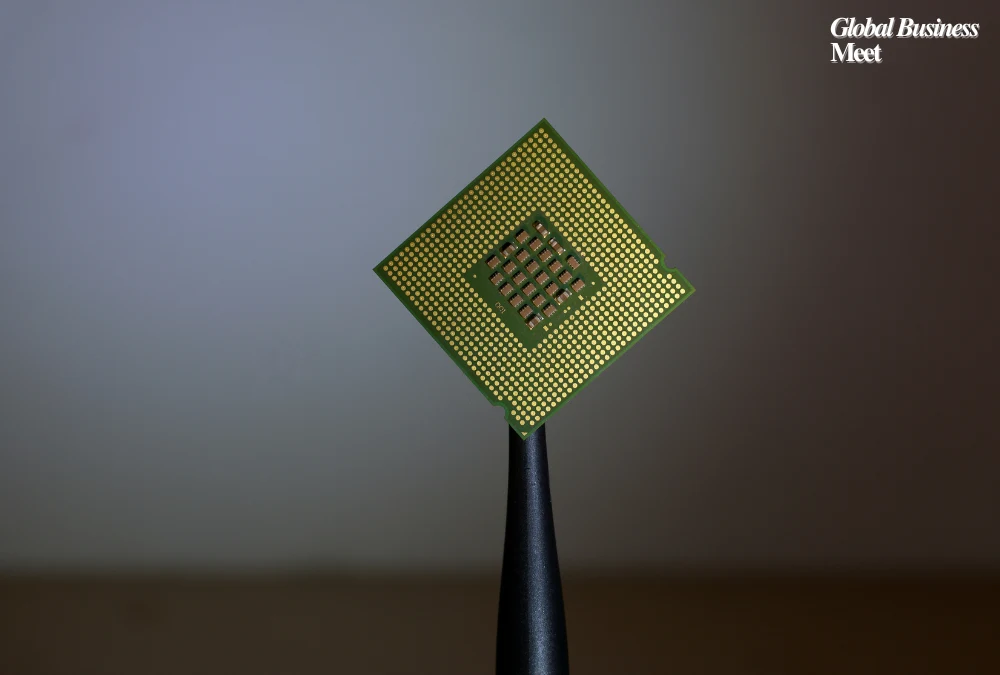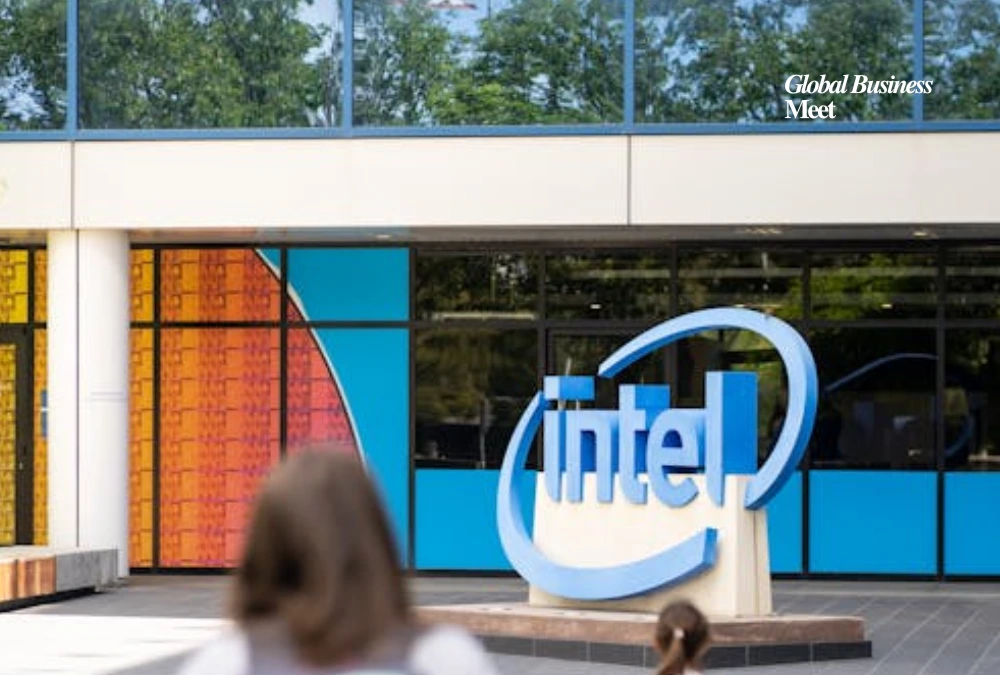
Intel has achieved a major milestone in hardware innovation with the launch of its Panther Lake processor, the next generation of the Intel Core Ultra family. This processor is the first Intel chip built on the 18A semiconductor process, representing a key advancement in the company’s roadmap for high-performance computing. Panther Lake is expected to ship later this year and will be manufactured at Intel’s Fab 52 facility in Chandler, Arizona, which opened in 2025. The 18A process is designed to enhance performance, efficiency, and scalability for the most demanding computing workloads.
Vision and Leadership Under Lip-Bu Tan
Since Lip-Bu Tan became Intel’s CEO six months ago, the company has focused on redefining its engineering culture and strengthening core business operations. Panther Lake marks the largest manufacturing announcement under Tan’s leadership to date. His strategy emphasizes both innovation and operational excellence, ensuring Intel remains competitive in the global semiconductor industry.
Tan stated, “We are entering a new era of computing made possible by tremendous advances in semiconductor technology. These innovations will shape the future for decades. Our next-generation compute platforms, combined with leading-edge process, manufacturing, and packaging technologies, are catalysts for growth and innovation as we build a new Intel.”
Xeon 6+ and the Future of Server Processors
Intel also previewed its Xeon 6+ processor, codenamed Clearwater Forest, which is the company’s first 18A-based server processor. Xeon 6+ is expected to launch in the first half of 2026. These processors are designed to deliver superior performance for enterprise servers, data centers, and AI applications, enabling businesses to run complex workloads efficiently.
By combining Panther Lake and Xeon 6+, Intel aims to provide high-performance solutions across consumer computing, enterprise infrastructure, and artificial intelligence, ensuring that its chips can handle next-generation workloads with reliability and efficiency.
Strengthening U.S. Semiconductor Leadership
The announcement also emphasizes Intel’s commitment to domestic chip manufacturing. The Fab 52 facility in Arizona underscores the company’s investment in U.S.-based production. Intel highlighted that the United States has long been home to its top R&D, product design, and manufacturing operations. Tan commented, “We are proud to continue this legacy as we expand domestic operations and introduce new innovations to the market.”
Intel’s renewed focus on U.S. semiconductor leadership comes after the U.S. government acquired a 10% stake in the company in August. This followed discussions between Tan and former President Donald Trump on strategies to bring semiconductor manufacturing back to the U.S., highlighting the strategic importance of Intel’s technology in the national landscape.
Driving the Next Era of Computing
The Panther Lake and Xeon 6+ processors demonstrate Intel’s dedication to pushing the limits of semiconductor technology. The 18A process improves processing speeds, reduces power consumption, and supports AI and high-performance computing applications. With these chips, Intel is positioning itself as a global leader in advanced computing while reinforcing its domestic manufacturing capabilities.
These processors are expected to accelerate innovation across consumer computing, enterprise servers, cloud services, and AI platforms. By delivering both high performance and scalability, Intel aims to maintain its leadership in high-end computing while addressing the growing demand for faster and more energy-efficient chips.
Intel’s Panther Lake and Xeon 6+ processors mark a significant step in the company’s strategy to combine cutting-edge technology with strong U.S. manufacturing, ensuring that it remains at the forefront of global semiconductor innovation.







